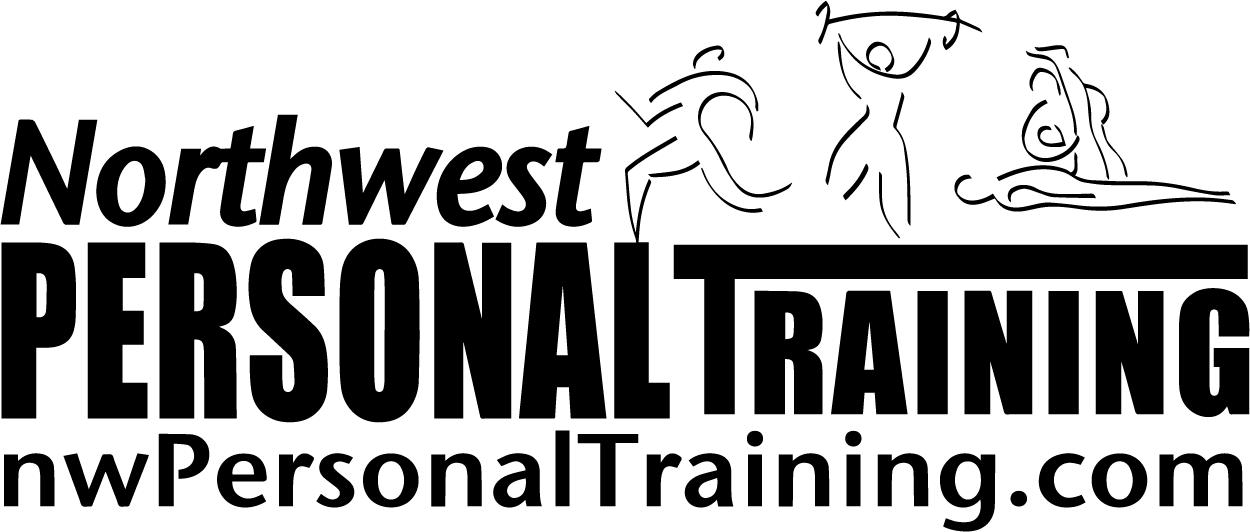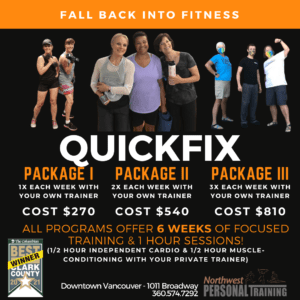Hot flashes, insomnia, weight gain, bone loss, muscle loss, fatigue, emotional swings…Menopause can really take a toll on a woman’s health. The average age of menopause, the cessation of the menstrual cycle for one year, is 51 years old but the entire process can take up to 20 years for some women. When striving for optimal health, it’s critical for women to understand what’s going on in our bodies and what we can do to prevent, reverse or minimize any negative symptoms. You definitely don’t want to be feeling less than ideal for 20 years!
Don’t forget to sign up under “Weekly Fitness Tips” to automatically receive my latest blog post in your inbox!

Here’s my top 10 tips for managing menopause:
1 – Schedule an appointment with your doctor
Every woman experiences menopause differently. Some may have minimal symptoms while other’s lives are severely impacted. It’s important to have a conversation about the severity of your individual symptoms and any risk factors that may exist for you. It’s important to understand what drugs and natural therapies exist to help manage hormonal fluctuations and weigh the pros and cons for each approach. It’s helpful to visit with a physician or naturopath who specializes in women’s health and understands this stage of a woman’s life.
2 – Exercise!
Moving your body will positively impact your energy, your sleep patterns and your mental health. It will slow down the rate of bone and muscle loss and minimize weight gain.
3 – Lift heavy things
Strength training is truly the fountain of youth. Adding muscle conditioning exercise 2-3x/week will help preserve muscle mass and reverse or slow down the negative results to bone density, metabolism, posture, balance, and strength
4 – Compare HIT and LSD
Some of you will fare better with high-intensity interval training (HIT) and some of you will have better responses to long, slow duration exercise (LSD). Exercise is a stress and can raise cortisol levels, so you need to understand how your body responds to different types of exercise. Some of you may need to exercise less while others may need to exercise more or at a higher intensity.
Listen to your body and pay attention to how you feel after certain types of cardio.
Document your workouts and analyze your menopausal symptoms. Do what your body responds best to.
5 – Perform compound, multi-muscle exercise
Perform movements that load the spine or the hips, strengthen the lower body in a manner that increases our ability to function in life, strengthen the postural muscles, strengthen the core, condition our upper body, and improve our ability to balance and move through space.
Movement such as Squats, Step ups, Lunges, Pulling, Overhead pressing, Bridging, Planking, Walking/Running, and one-legged movements are all very helpful. Also add in movements that integrate and combine lower body and upper body movements such as Squat & Row, Lunge & Overhead Press, Step up and Curl.
6 – Mix up your movement patterns
Most of us get stuck in a rut doing the same exercise in the same way each time. The body, specifically the muscular and skeletal systems, responds better when we mix it up each time we perform an exercise.
So for example, you might perform a wide squat, a mid squat, a narrow squat…you might perform a squat with one leg positioned more forward than the other or a one legged squat.
You might do a wide pullup, a mid-pullup and a narrow pullup.
Or you might hold a weight on one side of your body and not the other and then switch to the other side.
You might try going very slow and then fast.
You might move through space squatting laterally or moving forwards or backwards.
The idea is that our body moves in 3D and we want to make sure we’re not doing everything in a linear format. So, as you perform each movement, ask yourself each set or session, ‘how could you do this exercise differently?’
7 – Be sure to incorporate mobility and stretching
Our tissues get tight and rigid as we age so we want to assure we include stretches and movements that maintain our flexibility and range of motion. Many menopausal women respond well to incorporating more stretching and yoga into their weekly routine.
8 – Reduce stress
Stress elevates cortisol, our stress hormone, which can trigger and make menopausal symptoms worse such as hot flashes and insomnia. Try meditation, massage, baths, and/or practice deep, slow breathing everyday. Slowing down can calm our minds and evoke the relaxation response which can be beneficial to lowering cortisol.
9 – Consume a balanced diet rich in fiber and nutrients but watch your carbs
All macronutrients (protein, carbs and fats) are critical for optimal health. With that said, many menopausal women become sensitive to carbohydrates and respond well to reducing refined carbohydrate intake such as white breads, pastas, crackers, chips and pastries.
Consider achieving your carbohydrate needs with foods such as fresh fruits, green, leafy vegetables, yams, sweet potatoes, whole grains, vegetable pastas and legumes.
10 – Hydrate the right way
Drinking water is one of the most important action steps you can take for optimal health, so carry a water bottle with you and sip on water throughout the day.
In contrast, reduce your intake of alcohol and caffeine which can trigger hot flashes and exacerbate your symptoms.
Menopause is a time of transition and change as hormones fluctuate and surge and symptoms worsen or lessen. What is working today, may not work for you anymore next week.
It’s important to listen to your body, experiment with different approaches and document what’s working and what isn’t. Regular conversations with your physician can be helpful to analyze and adjust treatments and therapies as needed. The good news is that you can be healthy and fit and still live your best life while navigating menopause.
Yours in health & fitness,
Sherri McMillan


